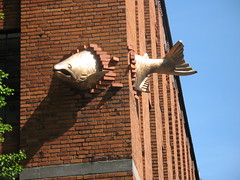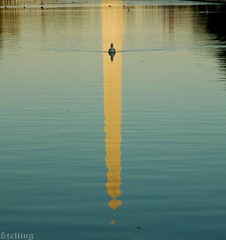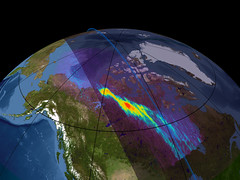We're not going into the heights thing this time.
Seriously.
But this got to me:
Juana Combata used to cross the valley almost every day with her family-- hanging on to the cable that links her community to the rest of the world. But one day in June of last year, things changed.
A piece of steel holding the plank holding Juana, her husband, and her 3-year-old son, broke, and they plummeted nearly 100 feet to the shore of the river, hitting the rocks below.
Her 3-year-old child died instantly.
Juana and her husband Edwin survived with some injuries.
"Nowadays I don't cross the cable that much, I'm afraid since I fell down. If I have to do it I go alone, I fell with my son, my husband... so now I just grab my baby and go alone with him."
The rest of the interview, with the (non-embeddable, dangit) video is at
National Geographic.
They have to cross that cable to survive. They put their kids on it, balance carefully, and slide. I guess I'd do it if I had to, but I can't imagine doing it after a fall like that.
The area is rich in coca-based agriculture. The Combatas grow mandarins, and send them off to LaPaz on a journey that begins in a basket hanging from that river cable.
Now I wonder whether the Combatas are growing mandarins in a way that hurts the forest.
The
World Wildlife Fund says:
Although Bolivia has a decent and growing National Parks (NP) system, threats in the form of habitat loss and general degradation due to human activities persist outside protected regions. This ecoregion is threatened because it is easier for local agrarianists to burn this habitat than true montane forest for growing cash crops. In some cases crops and logging have increased due to more intensified road-building efforts. Extensive forest clearance in the Bolivian Andean foothills to cultivate crops has endangered over 70 species of birds, especially in the Departments of La Paz and Cochabamb. Additionally, certain game species from this ecoregion are threatened by over-harvest for protein and/or the wild bird trade.
(citations and more information at
original link)
Of course, this sort of degradation is common worldwide, in both developing and well-developed nations.
In many cases, that's what "development" is.
But it's not sustainable.
The Combatas and their neighbors have to eat.
Helping them do so without ruining their local ecosystem is part of the overall, global sustainability picture.







